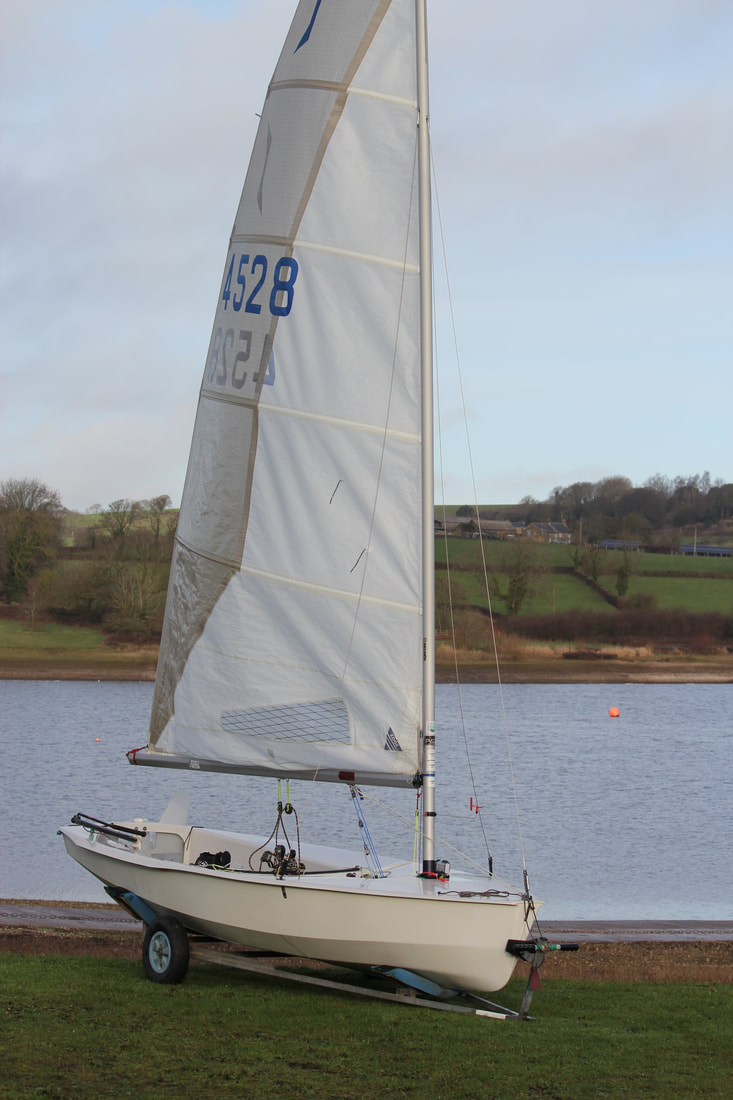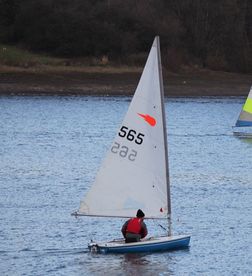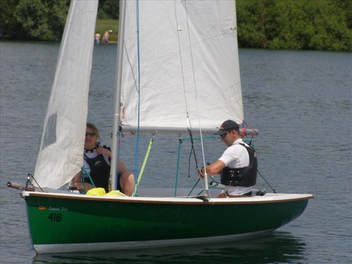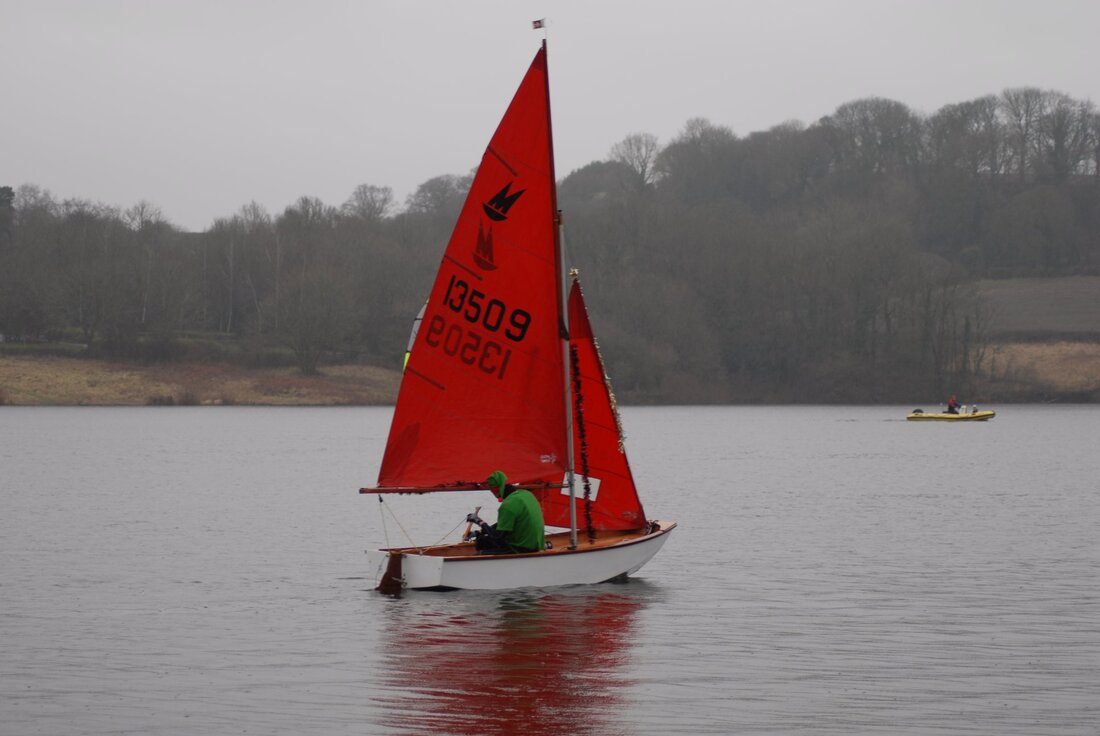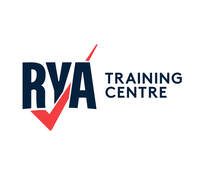Slow Handicap Fleet
The Slow Handicap Fleet at Ogston Sailing Club is made up of many different classes of dinghy. If a dinghy has a Portsmouth Yardstick of 1076 or more then it may be part of the Slow Handicap fleet, however, some applicable classes have their own fleets, e.g. Enterprise (1126), Supernova(1077), Laser/ILCA(1101-1210), in which case they are not part of this fleet.
It is worth noting that a boat's class handicap represents its average expected performance against boats of other classes, over a wide range of conditions. Some boats will do better than their handicap suggests in light airs, while others will do better in stronger winds. It is worth enquiring about how a boat is likely to fair in the typical conditions at Ogston before purchasing a boat.
The most popular dinghies which make up the Slow Handicap Fleet are -
It is worth noting that a boat's class handicap represents its average expected performance against boats of other classes, over a wide range of conditions. Some boats will do better than their handicap suggests in light airs, while others will do better in stronger winds. It is worth enquiring about how a boat is likely to fair in the typical conditions at Ogston before purchasing a boat.
The most popular dinghies which make up the Slow Handicap Fleet are -
|
Solo
A popular dinghy that is available in wood, fibreglass or a combination of the two. In recent years these have become very competitive at our sailing club because they are agile boats that suit reservoir sailing well. There is a large number of Open events locally and all around the country which gives the Solo owner opportunities to travel occasionally to sail, or to race regularly against boats from other clubs. Older wooden boats are generally slower than more modern hulls. The sails are notable because they are ‘fully battened’, that is to say that the sail battens run right from the mast to the leach. This helps the sail keep its shape, particularly in light winds, but can be difficult to re-shape after a tack. Sails can be in conventional Dacron or modern laminate materials. These can be fairly technical boats to sail, with controls led back to the helm via continuous line systems. Some people find them a little uncomfortable because of the large centreboard case that runs much of the length of the boat and its low boom. An older example might cost £1000 whilst a new boat will set you back by over £7,000. Class association - www.solosailing.org.uk/index.asp |
|
Comet
There are a number of small Comet single handers: Comet, Comet Mino, Comet Xtra, Comet Zero. The Zero is aimed at beginners, though all are similar in shape and size. The Xtra is designed for competition and has a battened composite sail. The sail area varies between models to compensate for changes to sail design. All hulls are made of fibreglass. A Comet can be found for £300 up to around £5000 for a new one. The others are similarly priced. Class association - www.cometsailing.org.uk/ |
|
Comet Trio
A straightforward dingy that we use for training because they are easy and forgiving to sail and are very adaptable. They can have a two-sail setup, which you will be familiar with, or they can also have an asymmetric spinnaker (like an extra big jib on a pole extending from the front of the boat). Trios are always made from fibreglass and are relatively easy to maintain, being essentially weatherproof. The mainsail is able to be reefed making it easier to sail in stronger winds. The furling jib is also a luxury item. If you want to take it on the sea, you can fit an outboard on the back by adding a motor pad. Considered a safe and easy dinghy, but not a particularly modern design, there is a local builder of this class. Second hand (not often available) they sell for around £3,500. New they are around £8,500. |
|
Mirror
This is a very popular starter boat which was designed as a home built boat some 60 years ago, but recent factory built composite versions are available with Aluminium spars. More than 70,000 have now been built and whilst a new craft can cost £6000, there are many second hand ones available on the usual market places such as Ebay and Apollo Duck at very modest prices. £500 should get you a perfectly serviceable boat though it may be quite a few years old. It is particularly ideal for teaching younger members of the family to sail and can fly a spinnaker to liven up light wind sailing. Class Association : www.ukmirrorsailing.com |
Other dinghies recently seen sailing at Ogston, and potentially in the Slow Handicap fleet include the RS Feva, RS Tera, GP14, Splash, Firefly, Topper, Wayfarer and Solution.
For more information about the Slow Handicap fleet at Ogston, contact the fleet captain, Ken Mackenzie, on [email protected]
For more information about the Slow Handicap fleet at Ogston, contact the fleet captain, Ken Mackenzie, on [email protected]
|
Ogston Sailing Club
Quarry Lane Alfreton Derbyshire DE55 6FN Telephone - 01246 590425 email - [email protected] |
